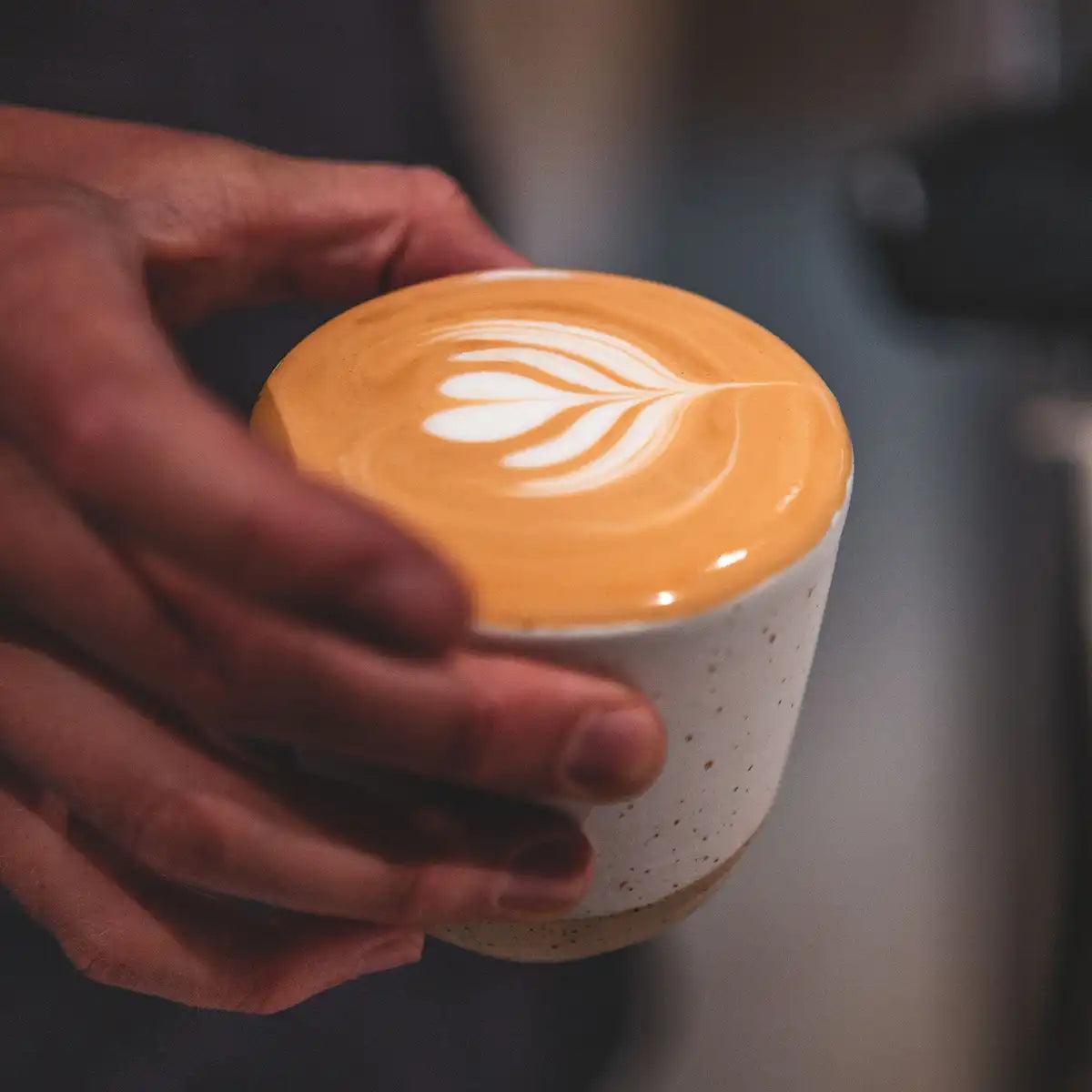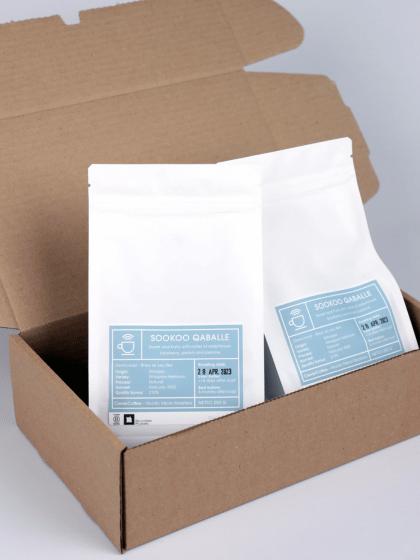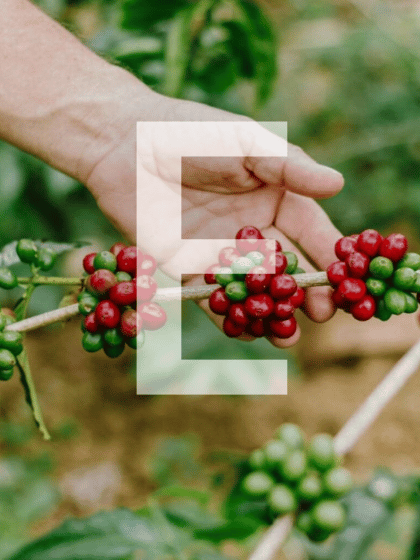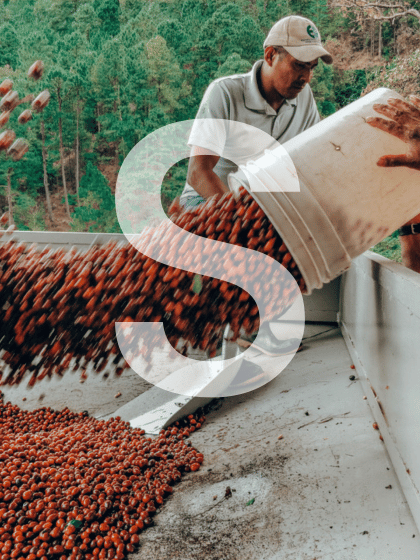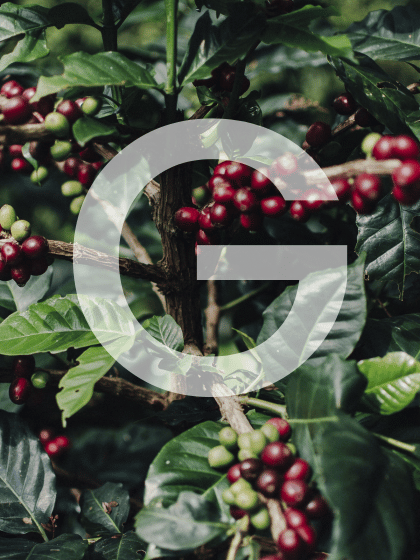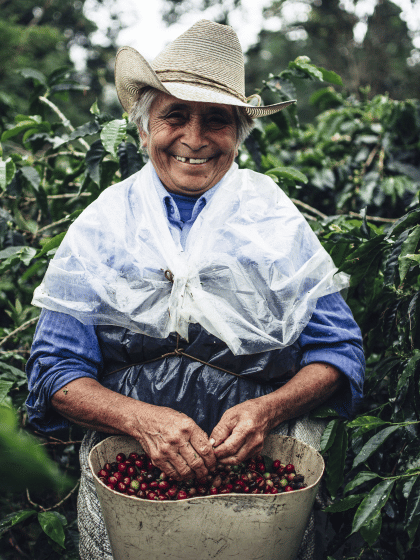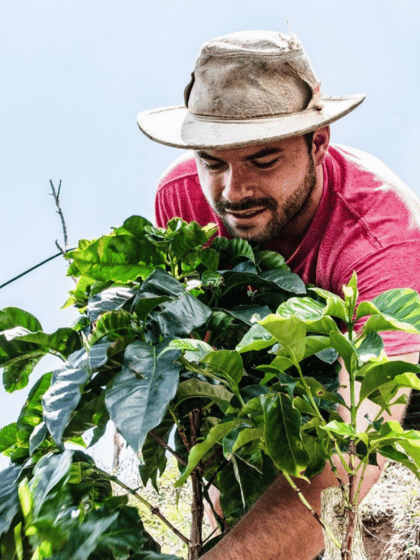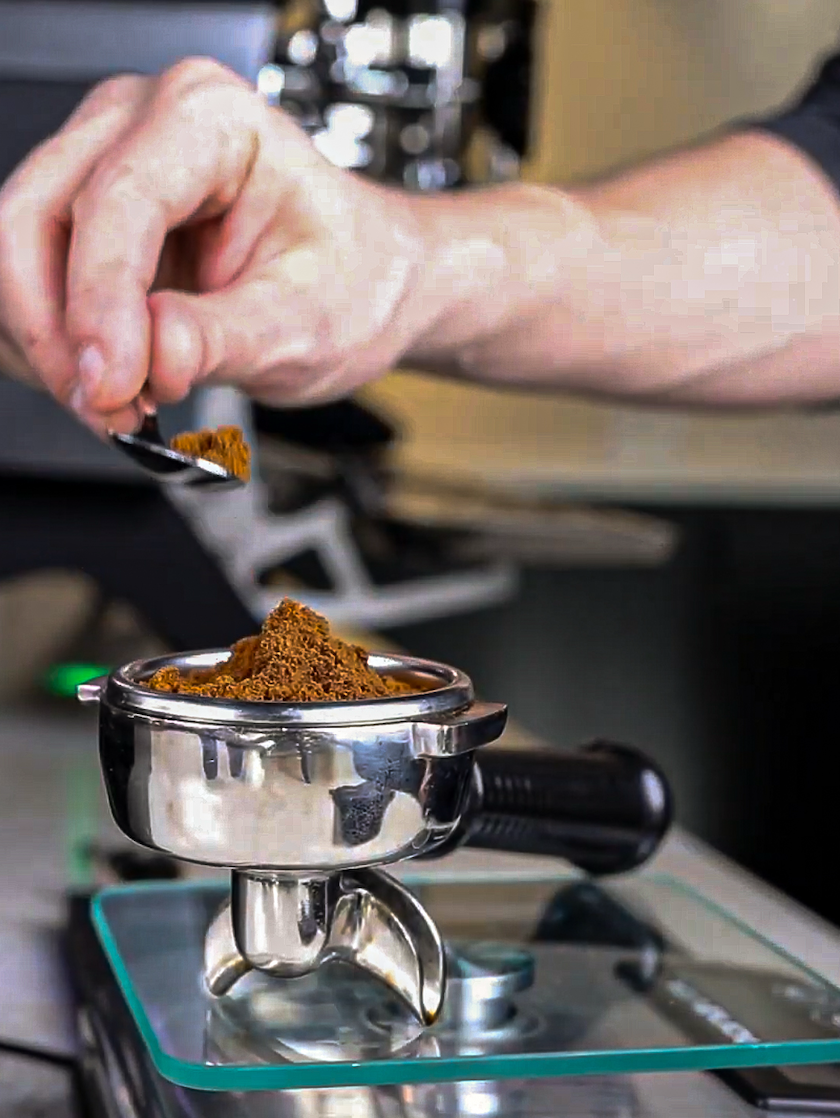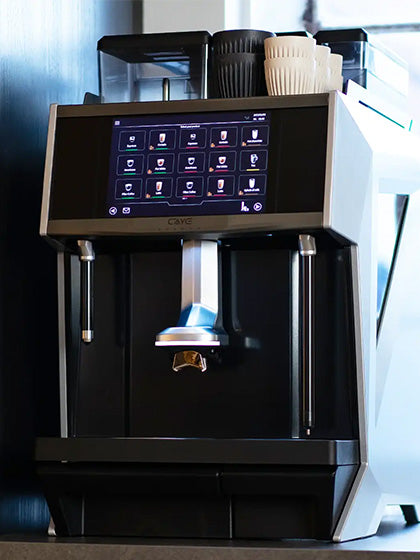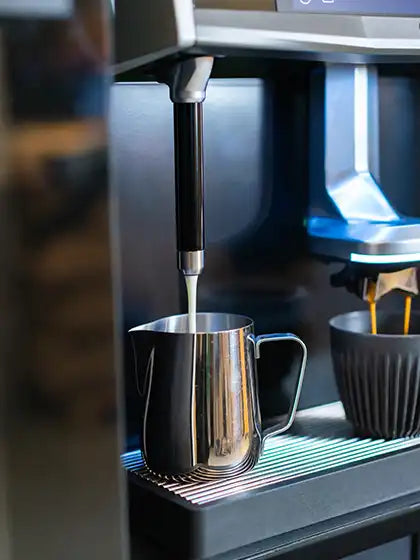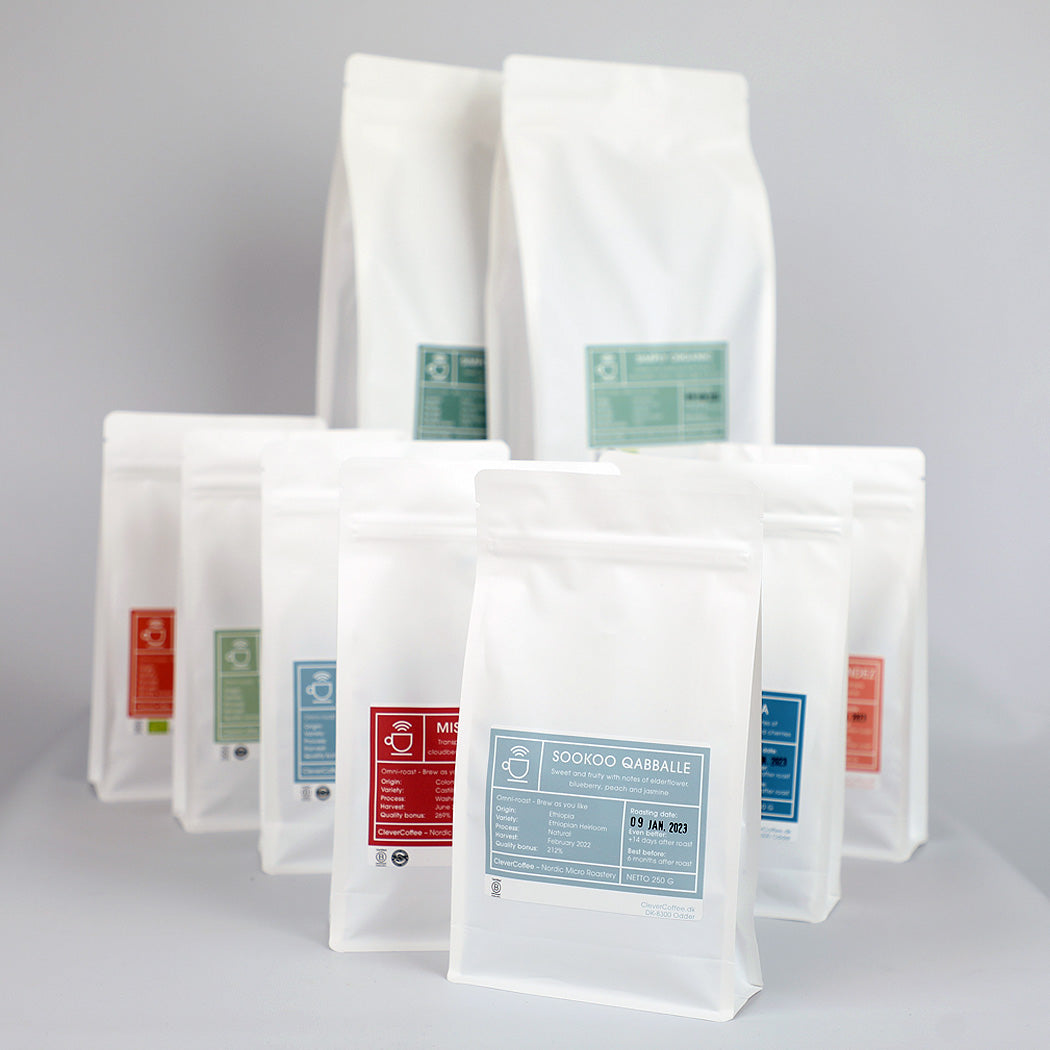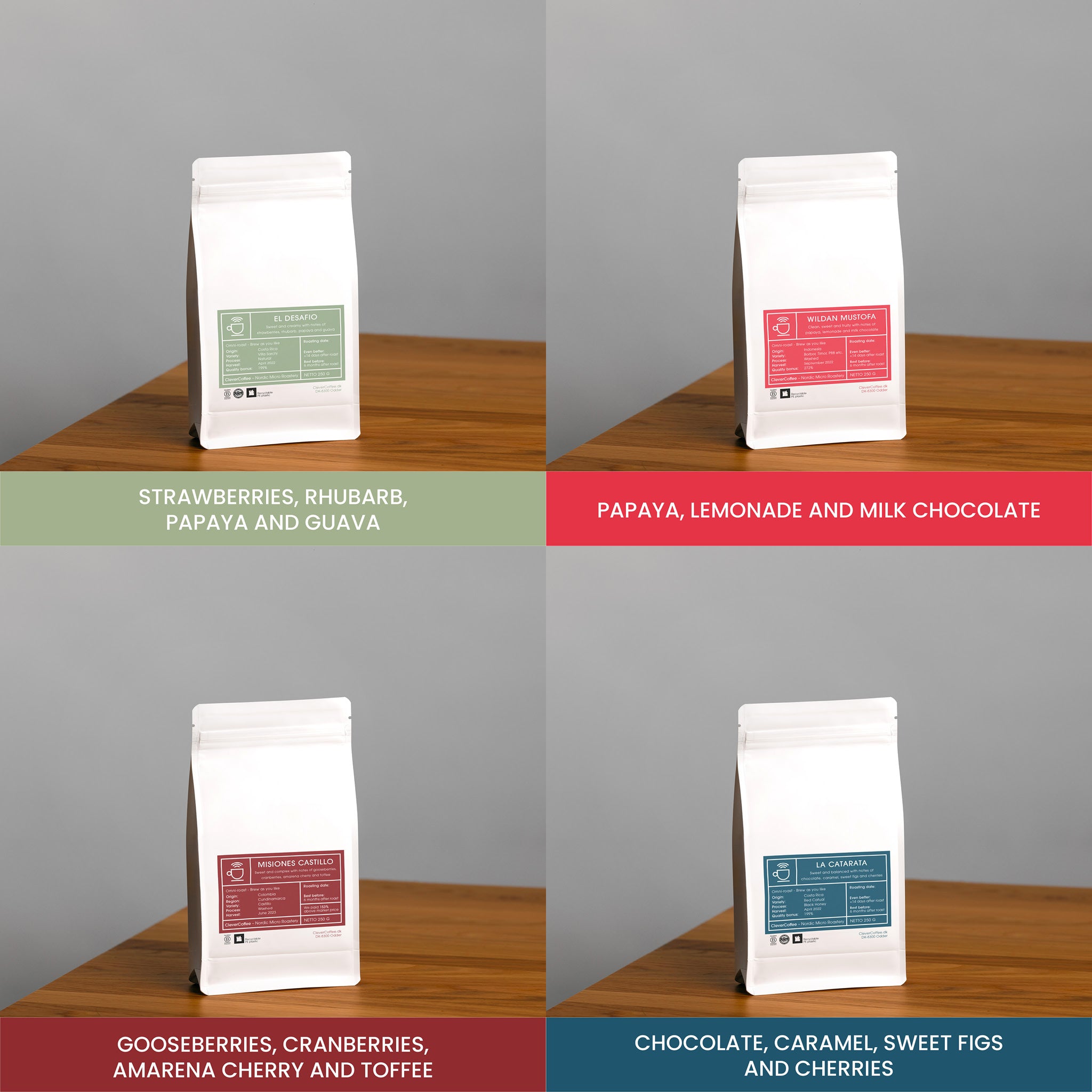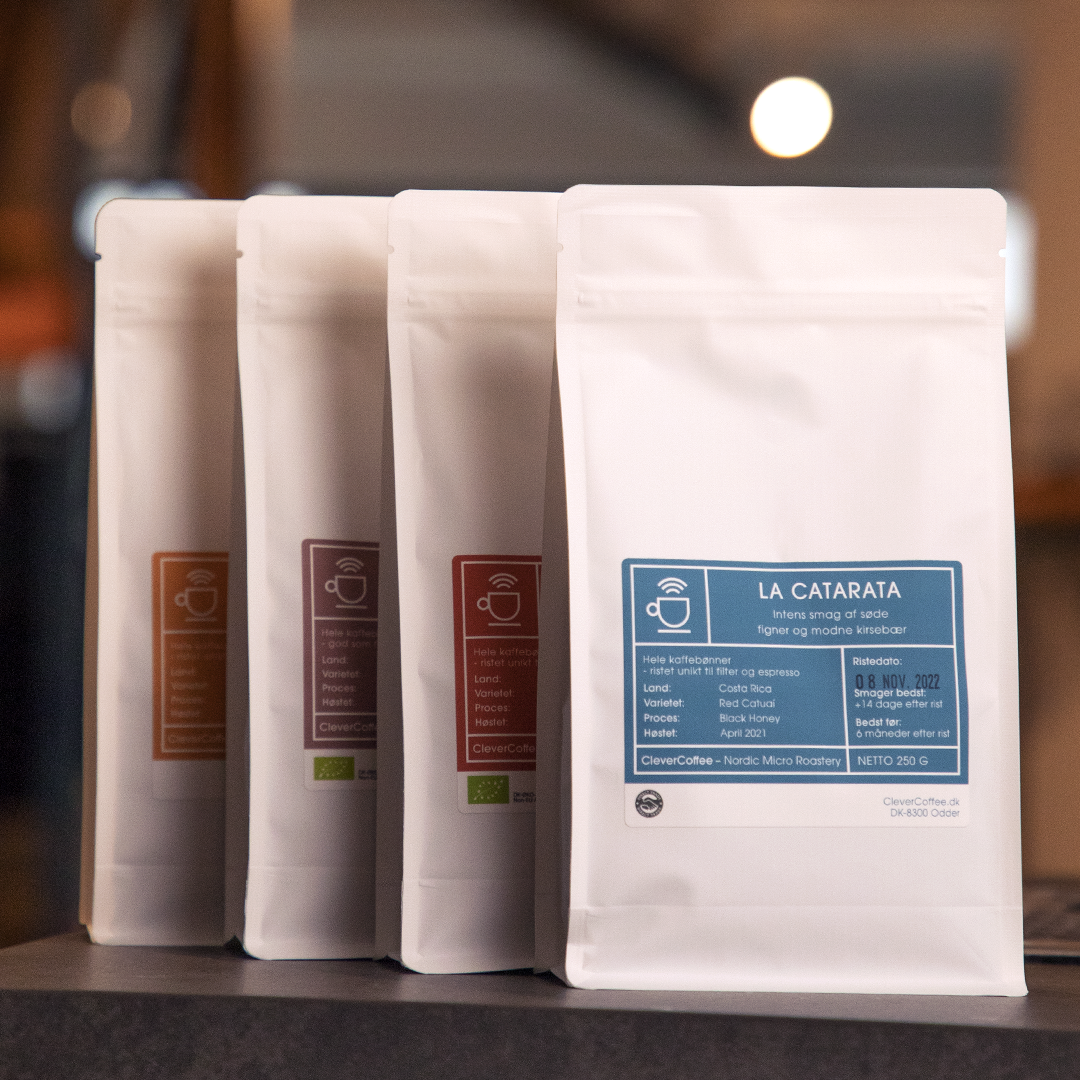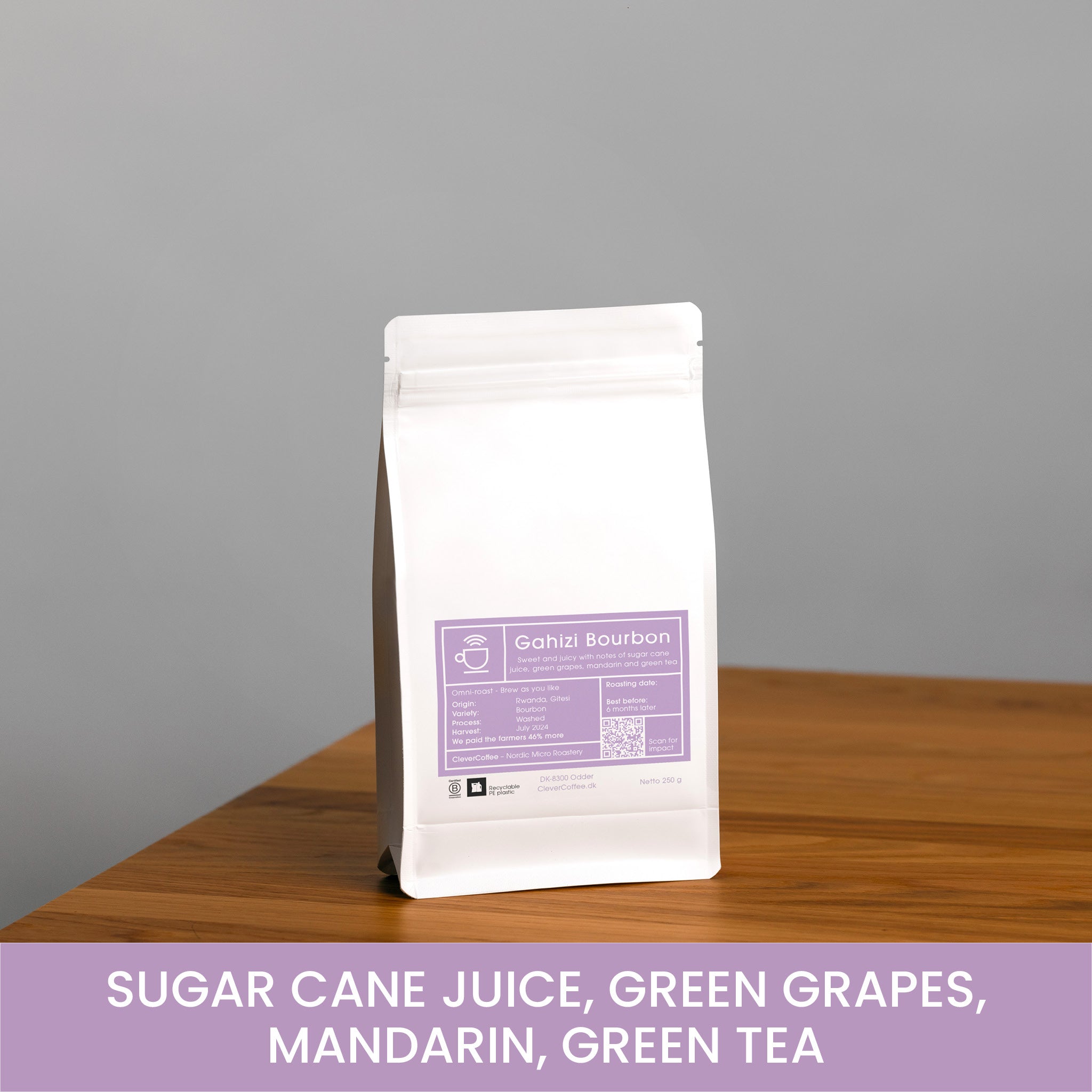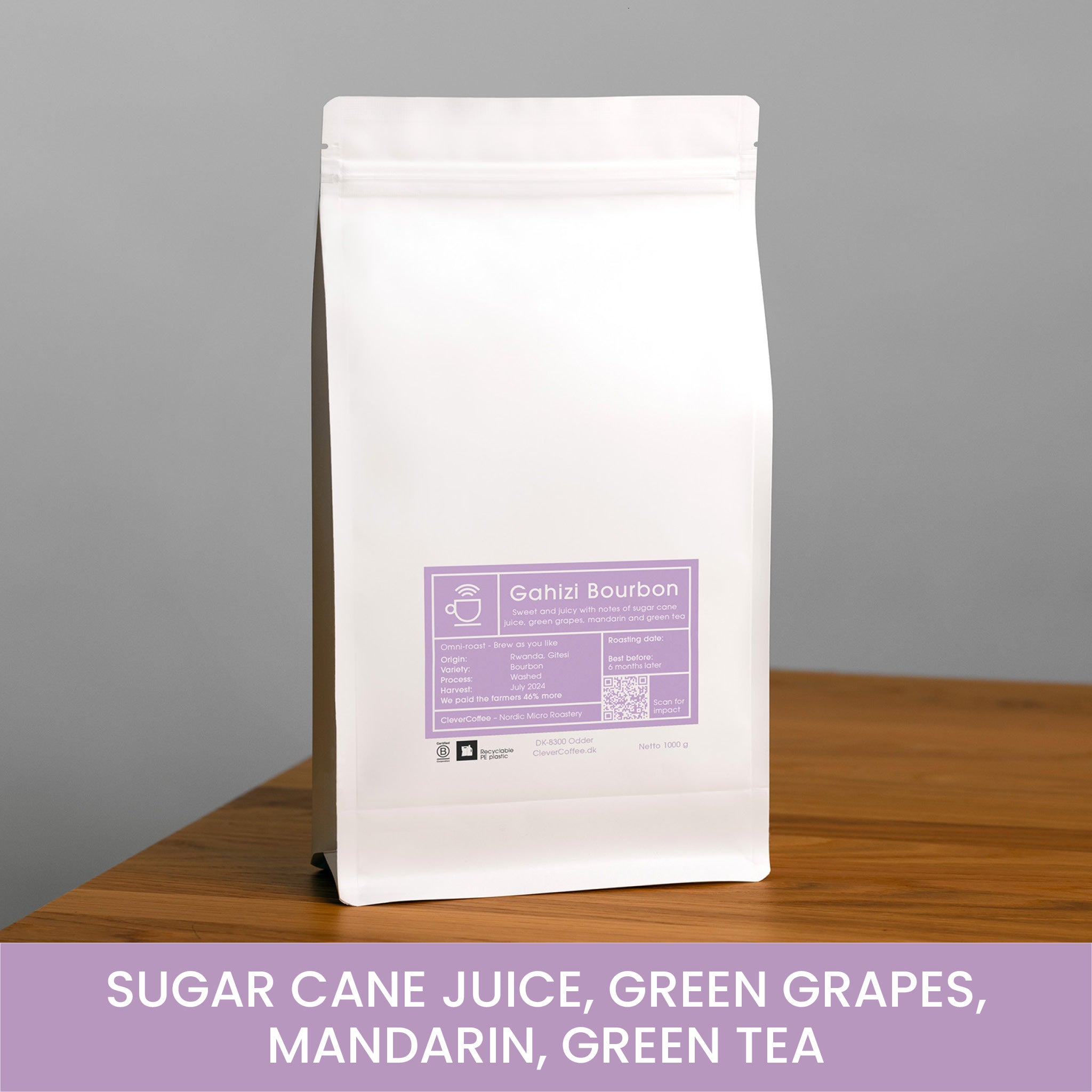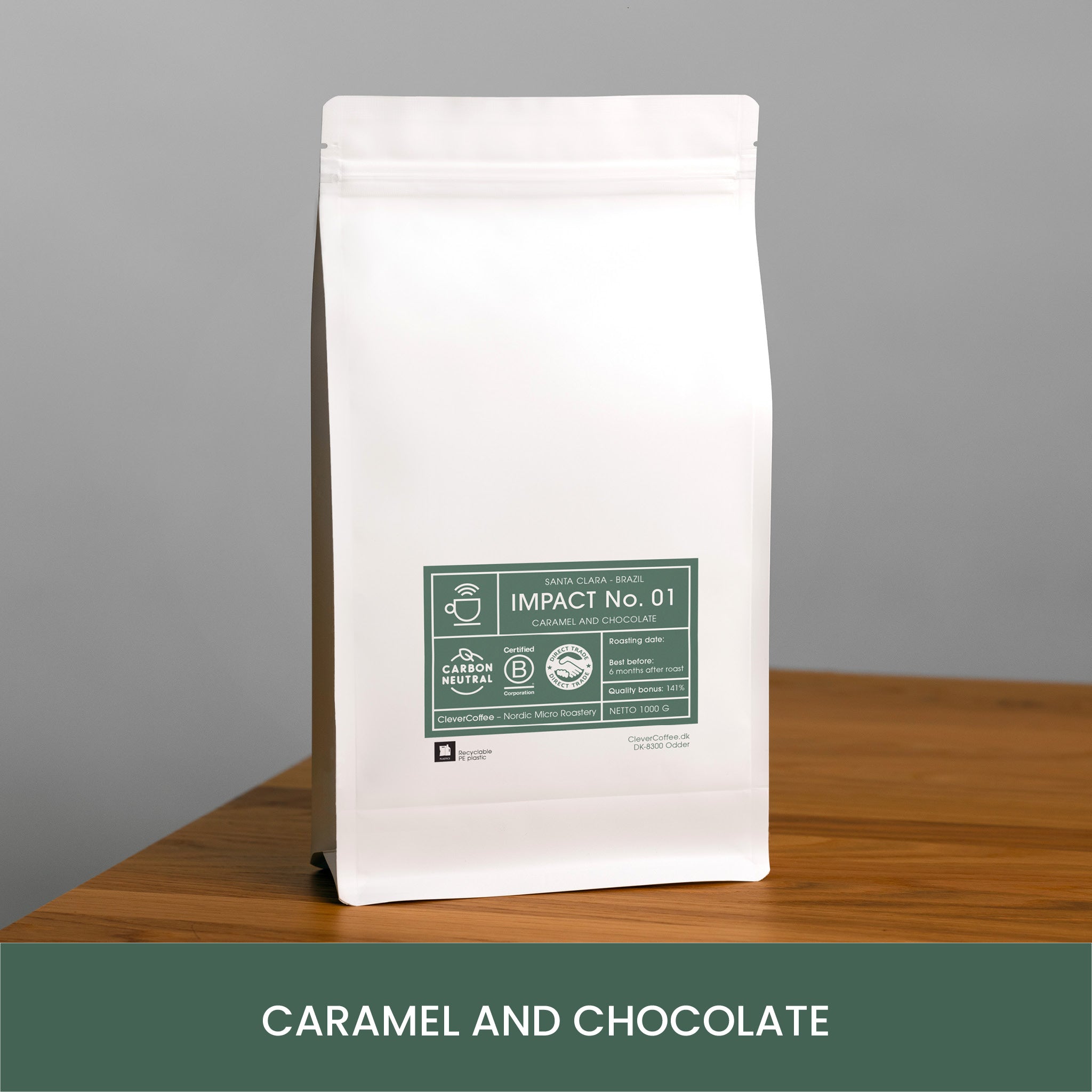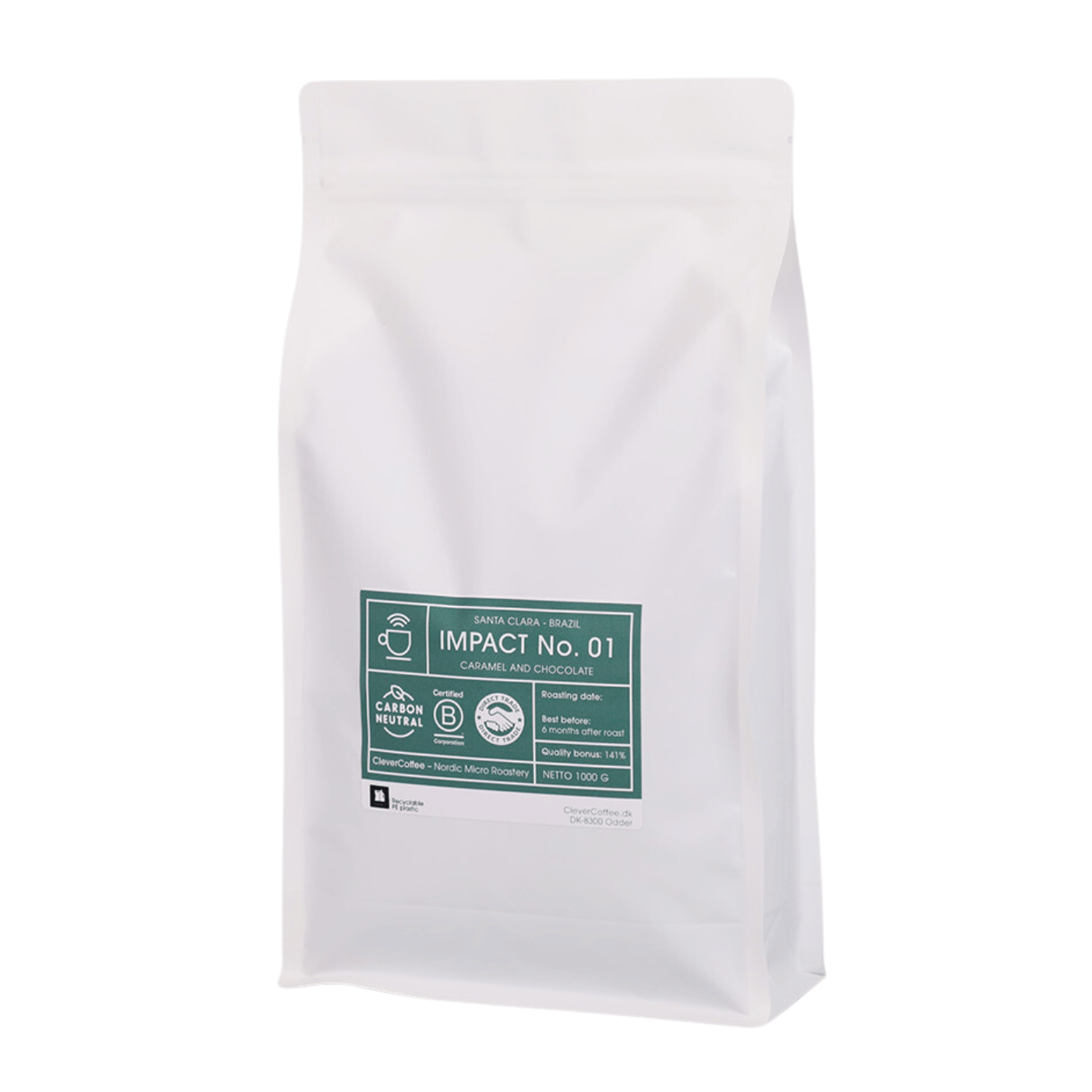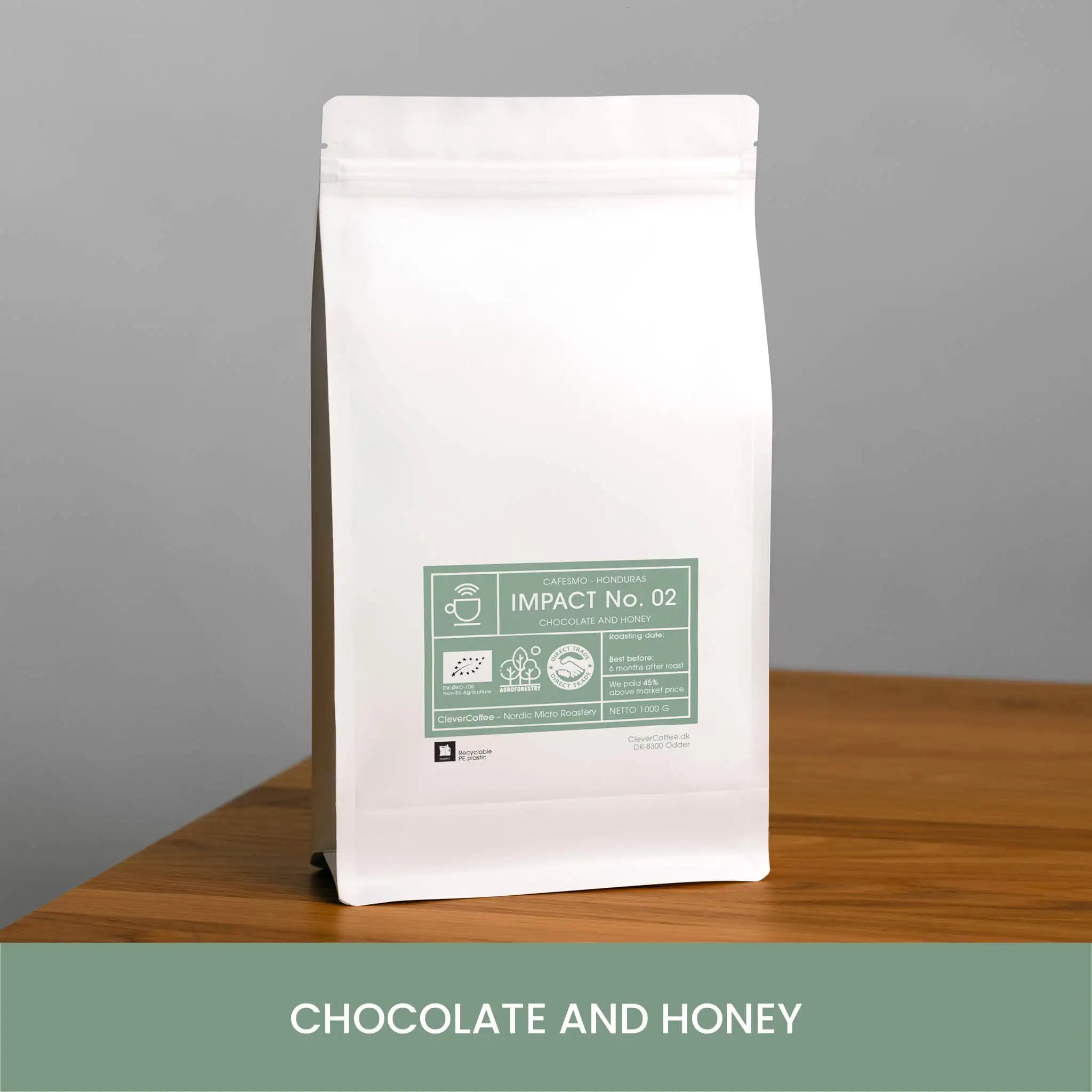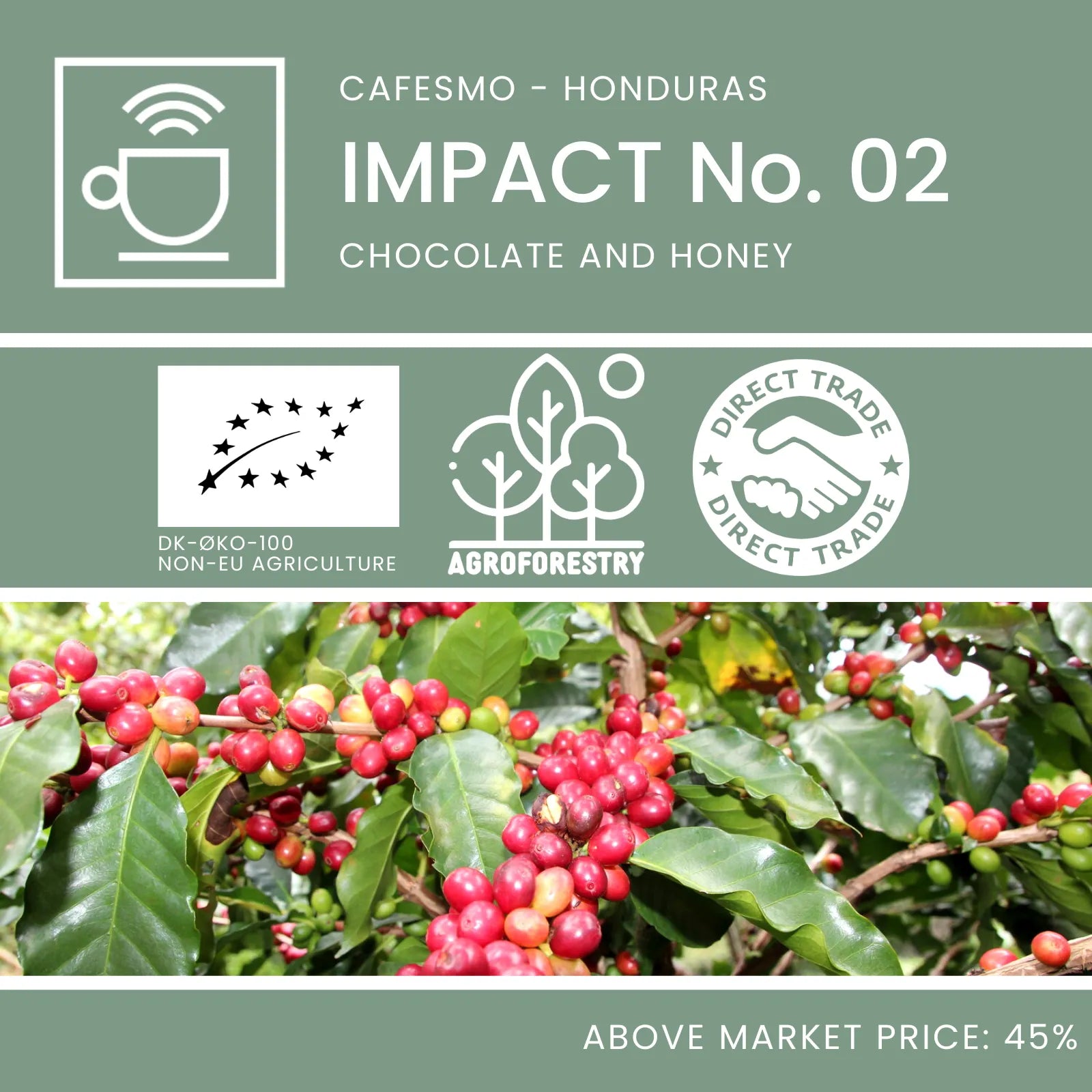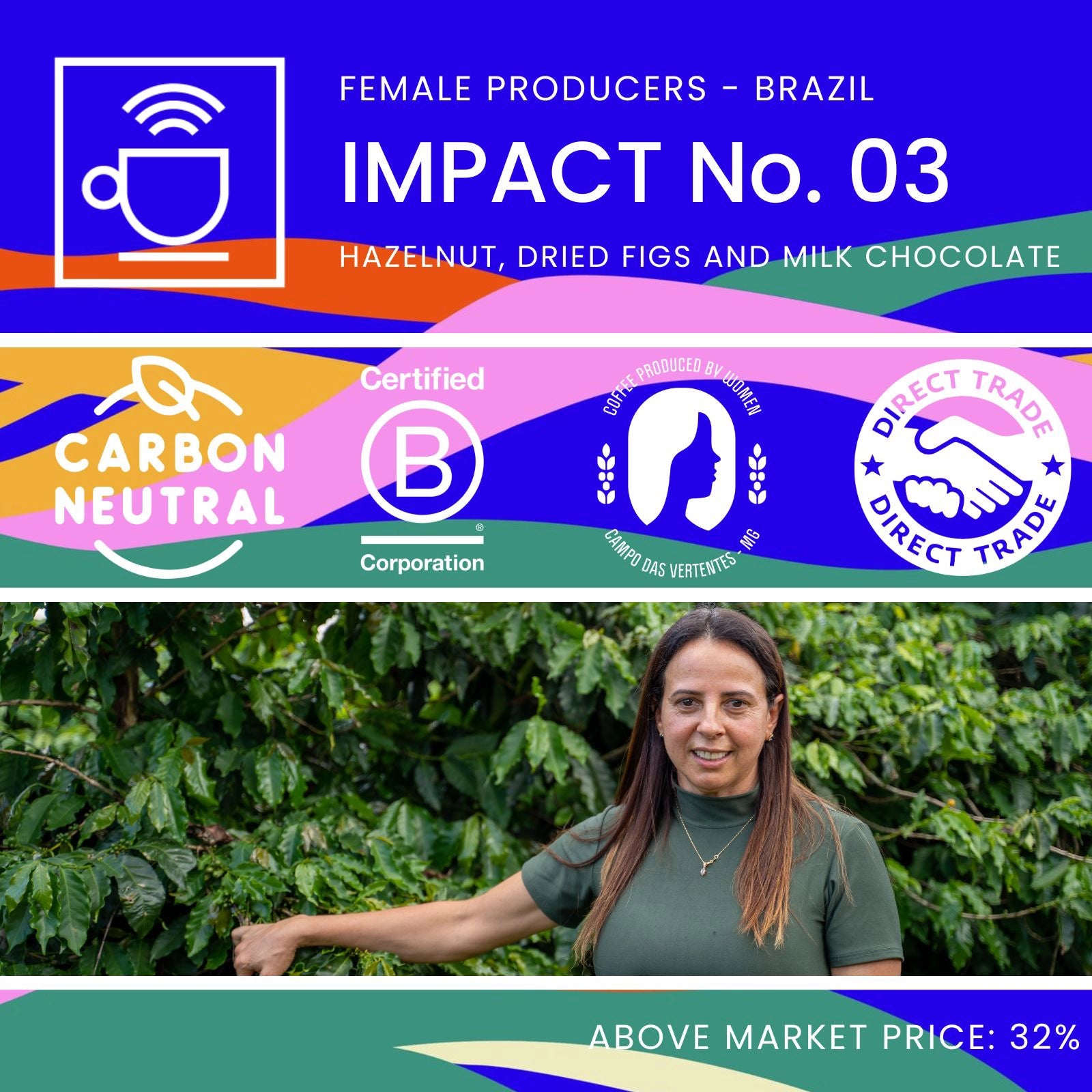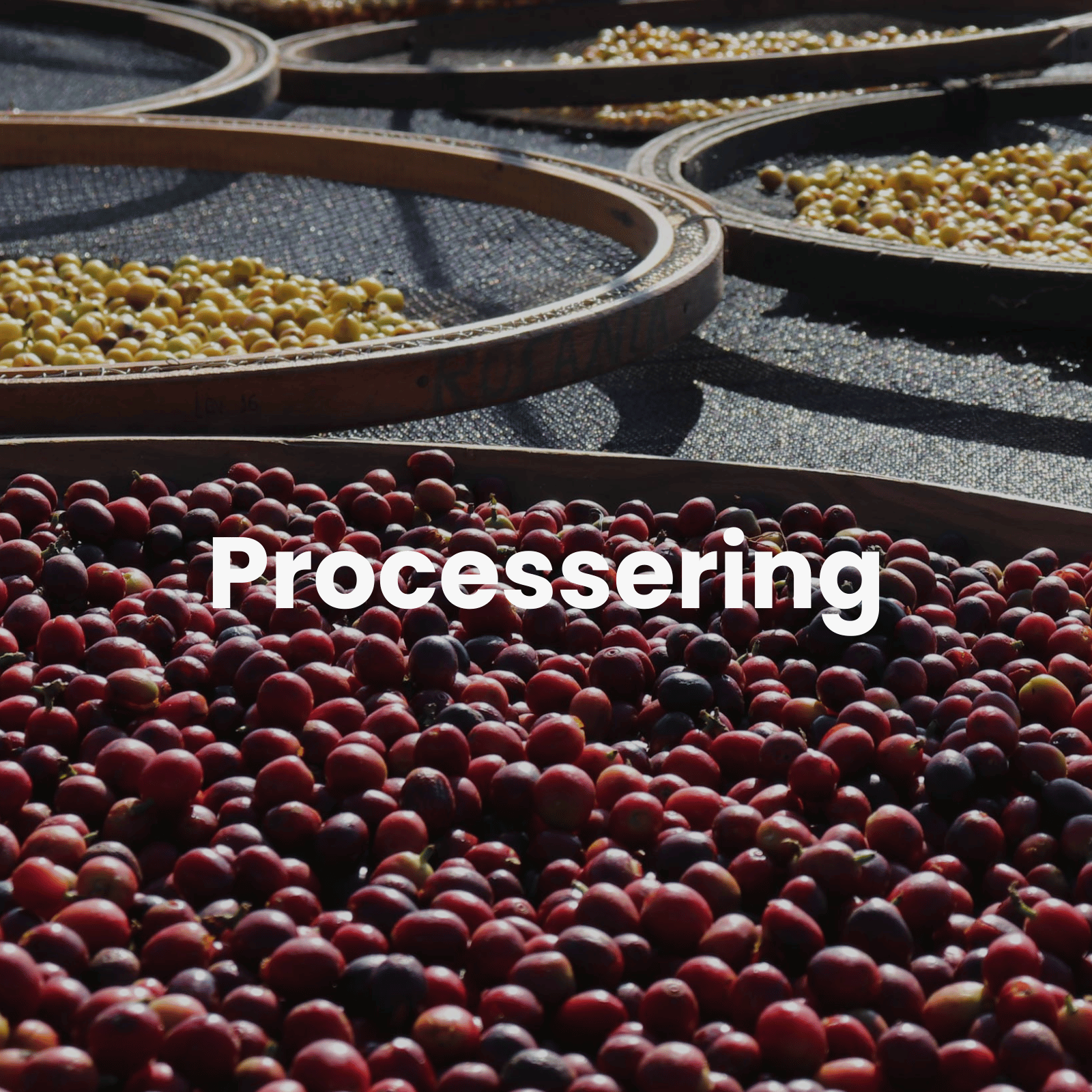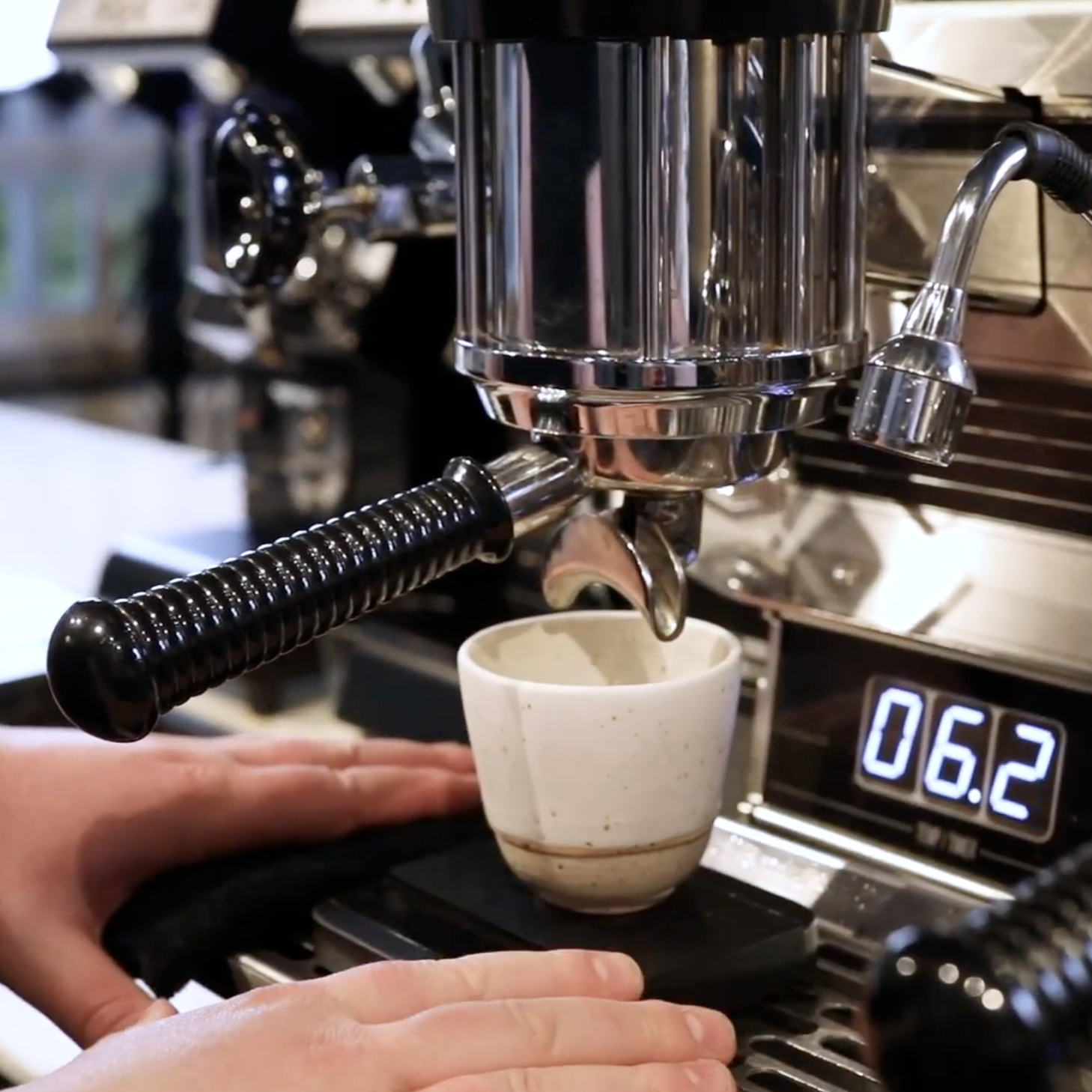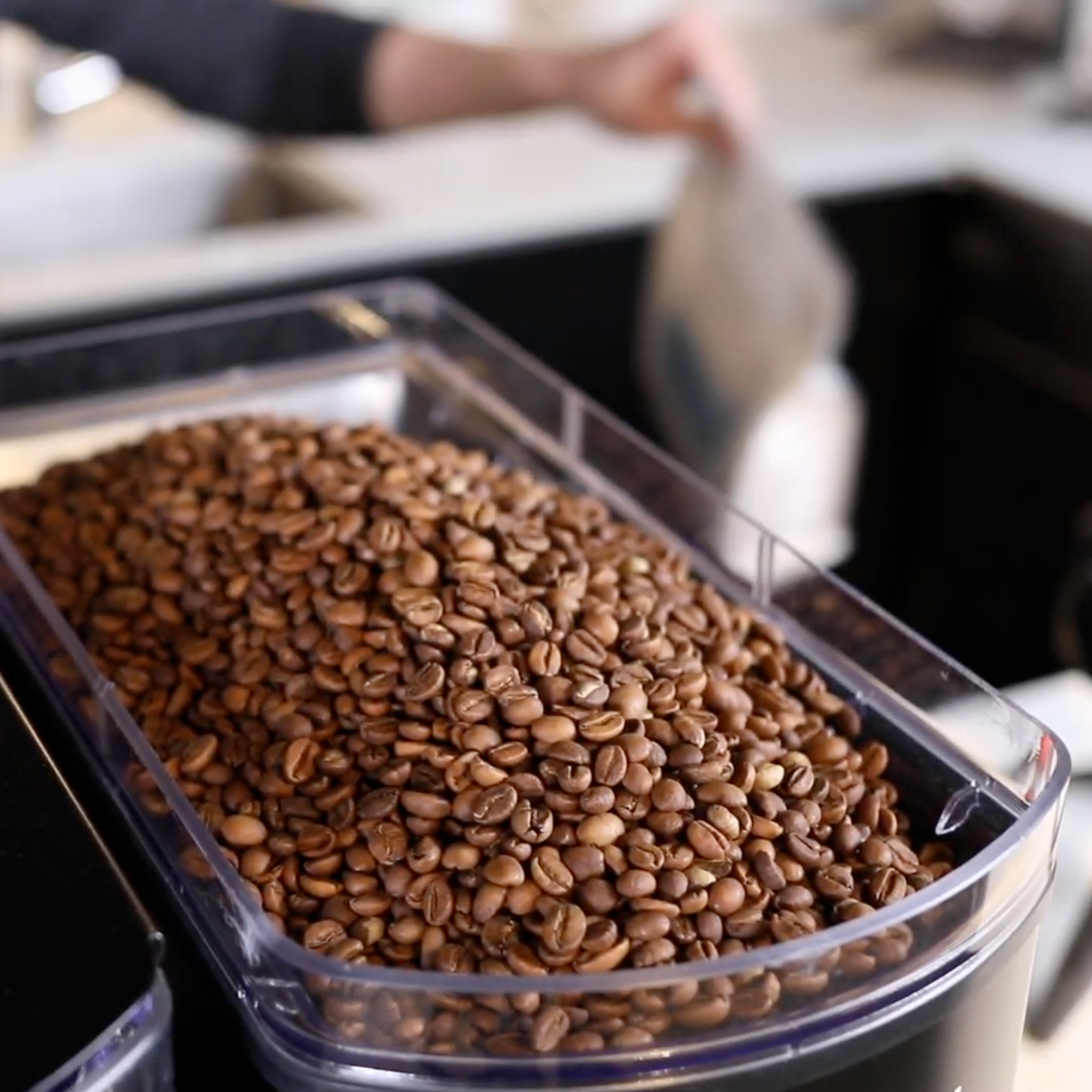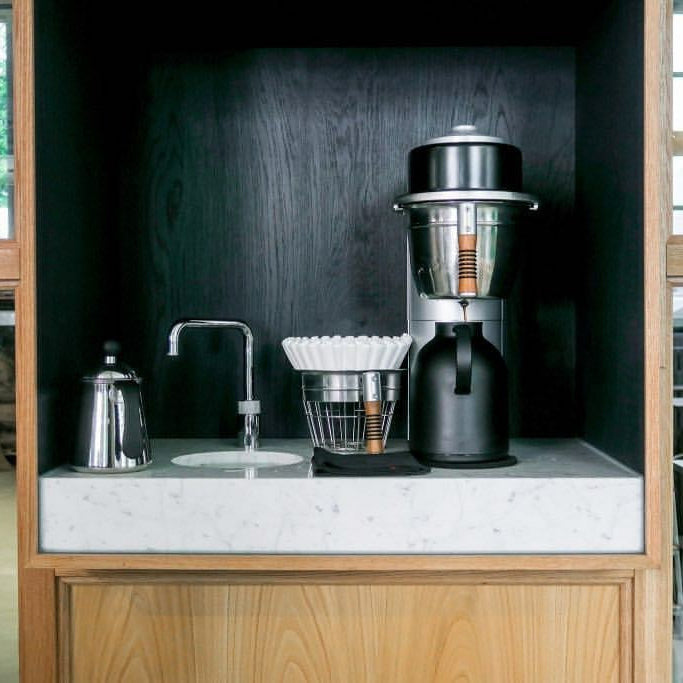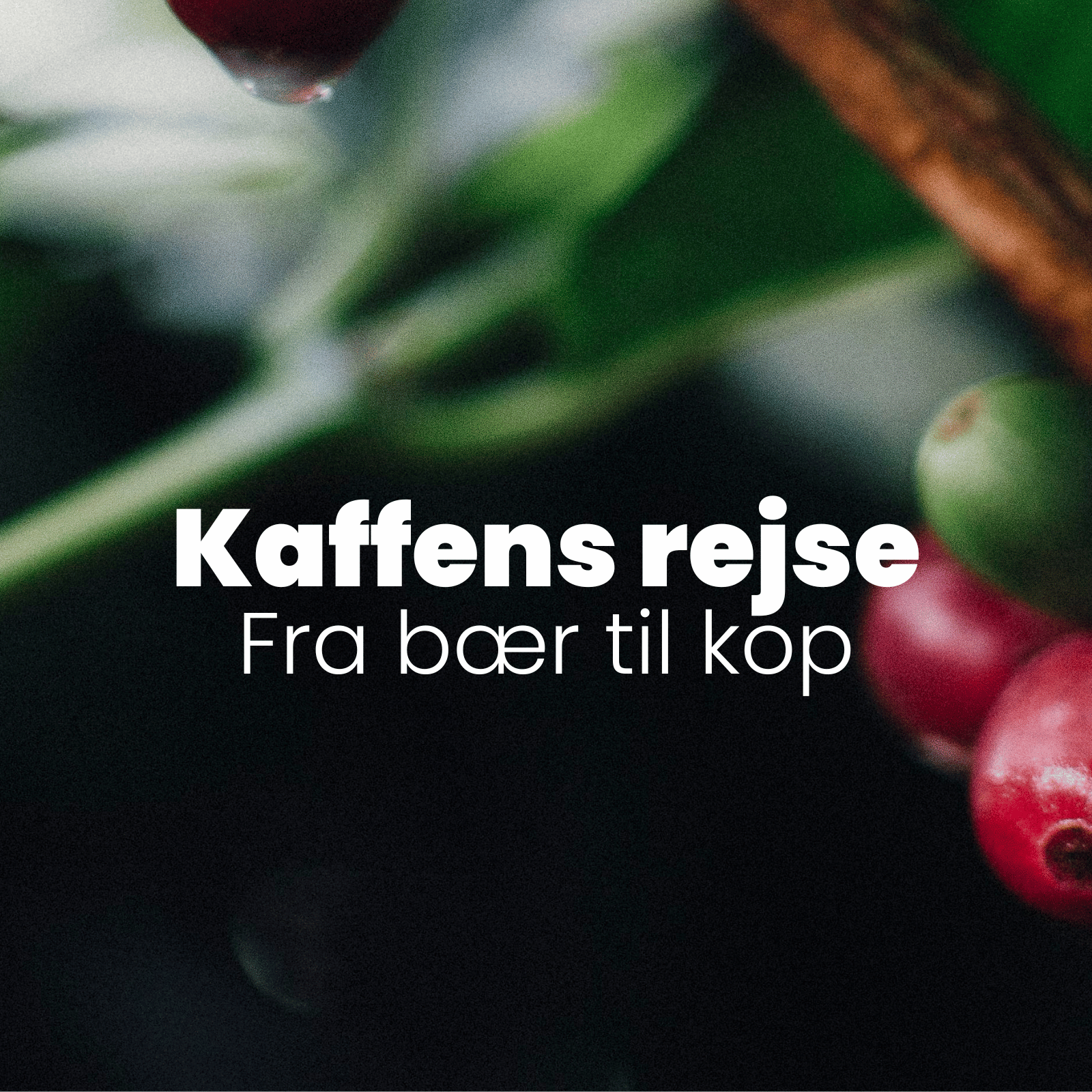
The journey of coffee: From berry to cup
Where does coffee come from?
The journey of coffee from the coffee farm to the great tasting experience is a long one. On the journey to your cup of coffee, there are many steps that affect both the taste and quality of the coffee.
This article will give you an overview of which stages in the coffee's journey influence the taste in the cup.
Listen to Lindy tell about the journey of coffee:

What is coffee?
Coffee is small seeds or 'beans' that sit inside berries that grow on coffee plants on a coffee farm. Here, the coffee is taken care of to optimize the final taste experience when we make a cup of coffee.
The coffee plant develops from a white flower to berries, which are harvested when the berries are at optimal ripeness. Ripeness is assessed by the color of the berry by the farmer and typically depends on the sugar percentage, which affects, among other things:
- Taste
- Sweetness
- Quality
From berry to bean
After the coffee berries are picked, the coffee goes through a process. We can divide them into three general types:
- Washed coffee
- Honey processed coffee
- Naturally processed coffee
The processing gives flavors that come through differently depending on how they are grown. The individual farmer's approach also influences which flavor nuances become more prominent.
There is a huge difference in the taste of coffee depending on the country of production, the type of agriculture, the surrounding landscape of the coffee farm, the soil and the various processing methods.

The journey of coffee: Origin and terroir
How does the landscape affect the taste of coffee?
CleverCoffee does not make coffee blends, but only single origin coffee. We try to highlight the expression that the coffee brings from nature, so that you get a picture of what exactly the coffee can do where it has been grown.
Listen to Lindy talk about origin and terroir:

Why does coffee taste different?
These elements can, among other things, affect the taste of the coffee:
- Where it is grown
- How high it is grown
- Which coffee varieties are used?
- Soil conditions
- Local climate and weather conditions
- The amount of sun and shade
- Whether it has been a rainy or sunny season
- And other
Just like wine, where the variety of the grape affects the taste of the wine, there are also varieties of the coffee plant that affect the taste of the coffee. You may be familiar with Geisha, Bourbon or Catuai coffee, all of which have different flavor characteristics that come from nature.
What does African coffee taste like?
Coffee from Africa is significantly fruitier with a higher acidity. There will also be sweetness present, but it is the fruitiness and acidity that really drive the coffee.
Coffee from Ethiopia also has a floral expression in taste and aroma, with nuances of taste that are a bit reminiscent of tea. For example, it can be:
- Bergamot
- Jasmine
- Rose petals
- Rosehip
What does Central American coffee taste like?
Coffee from Central America typically has more emphasis on sweetness, and you'll see notes of chocolate and caramel. There's also the possibility of good fruitiness in the coffee, but it will typically lean more towards the sweet side.
This actually comes from the fact that the coffee is grown relatively low, which gives a more nutty quality to the coffee, whereas higher-grown coffee has more of a fruity character, and even higher-grown coffee gives the floral notes.
Even the soil of the coffee affects the taste of the coffee. You will notice this in Colombian coffee, where coffee is grown in very different areas.
How does climate change affect coffee?
Climate has a major impact on coffee, and the major climate changes we are experiencing have made the already varying seasons more unstable. We are therefore also experiencing coffee varying more than it has previously, with greater fluctuations from season to season.
Some areas are very negatively affected by climate change, where it simply presents new challenges for growing coffee. However, other (typically higher) areas have been affected in such a way that the taste of the coffee varies much more than before.
Some of the things that climate changes are, for example, how much sun there is and when there is a lot of sun. There is a big difference in how much the coffee beans naturally ferment, depending on how hot it is, which affects the taste from season to season.
That's also one of the exciting things about coffee: that the taste is not always the same. It is a living product that shows new facets with each season. Of course, this is also now connected to the grim climate changes, of which we have really only seen the tip of the iceberg yet, and which in the long term will have major consequences for the taste of coffee - and for the livelihoods of coffee farmers.
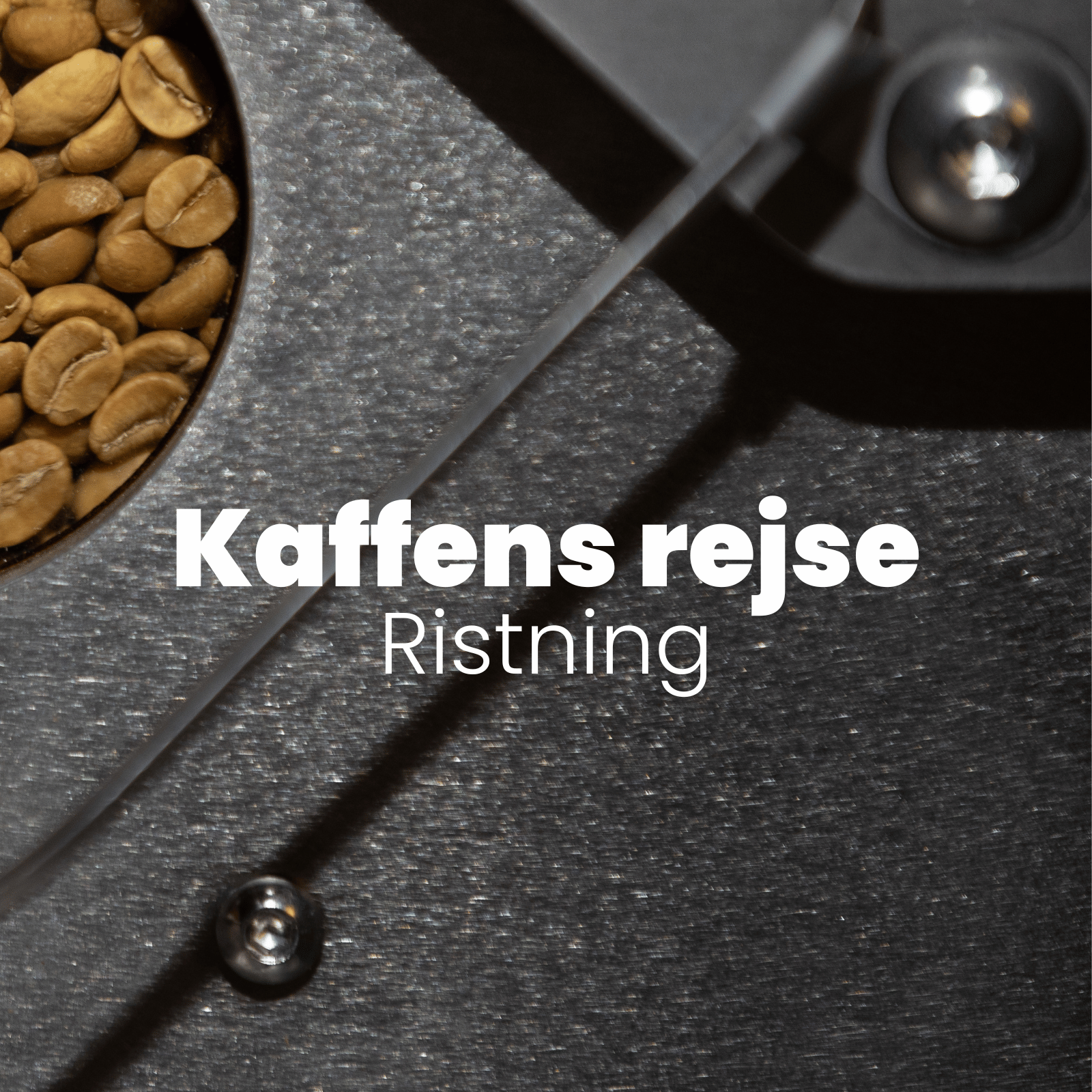
The journey of coffee: Roasting
How do you roast coffee?
We roast on a Loring with hot air blown over the beans, providing a smooth and uniform transfer of heat. This provides good control and the ability to continuously adjust the heat transfer, so the roasting can be controlled very precisely.
Listen to Lindy talk about roasting coffee:
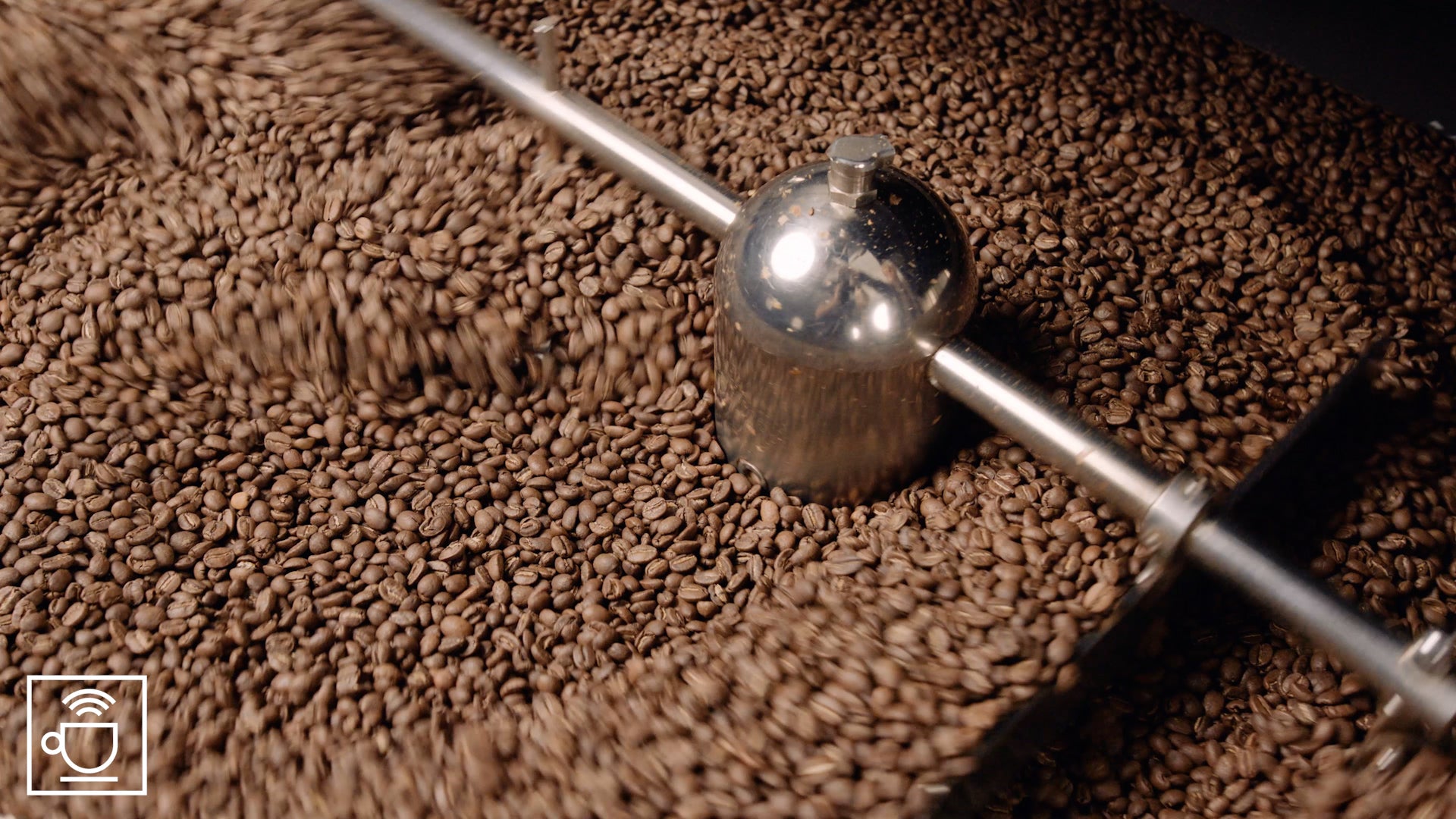
Roasting and taste
Good control is important because we want to roast the coffee in such a way that the natural flavor nuances become the most prominent.
If you roast coffee beans too much, the dark, burnt and bitter flavor notes become prominent.
If you roast coffee beans too little, the coffee will be weak and give an underdeveloped flavor of grass and hay.
It is therefore about finding the golden mean where the wide range of natural flavor nuances come through optimally.
Rate of rise
When roasting coffee beans, you try to keep the heat on a temperature curve to ensure the right temperature at the right time - it's simply a matter of reading numbers and data on graphs and excel sheets.
The temperature curve is measured by what is called the Rate of Rise (RoR), which tells you how much the temperature rises per minute. This knowledge is used to ensure that you have a high RoR at the beginning of the roasting process and to make the curve less steep towards the end of the roasting process.
First crack
Towards the end of roasting, what happens to the beans is that the liquid trapped inside the beans will evaporate, and the pressure inside the beans will cause them to pop like popcorn.
This is called first crack . And it indicates a stage in the roasting process where the flavor development really kicks in. It is also here that the bean structure changes and becomes crisp, so it can be ground in a coffee grinder.
Before first crack, it is actually not possible to grind coffee beans, as they are very hard and compact like dried chewing gum or toothpaste.
After the first crack , you can turn down your RoR because the beans themselves generate a lot of heat when they pop.
Beans are different
The precision with which you can work at the end of the roasting after the first crack is crucial to achieving the same consistent taste with each roast. This is also why each coffee needs its own roasting profile, so that you reach the final goal as precisely as the bean needs. There is a difference between beans:
- Compactness
- Size
- Cell structure
As long as the coffee is good when we drink it
There are many important elements in roasting, but overall, it's about making sure the coffee tastes good when we drink it and that we get a good taste experience from it.
This is just an introduction to some of the many processes that give coffee its flavor. We hope that you are now a little better equipped to be able to attach a few words to the cup of coffee that you drink or serve to your guests.
